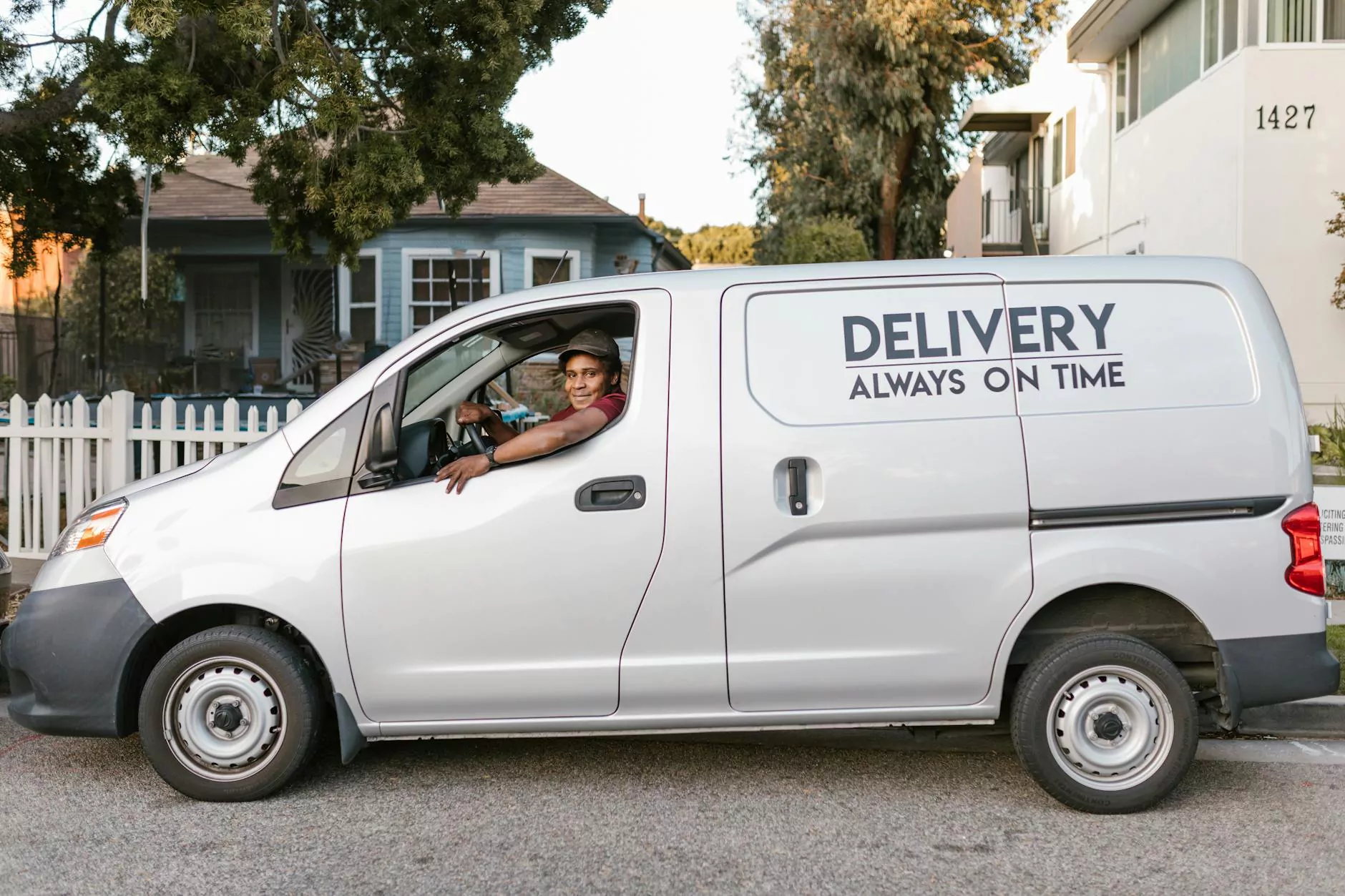How to Develop a Driver App for your Delivery Business?
Blog
Introduction
Looking to take your delivery business to the next level? Developing a driver app can greatly enhance the efficiency and productivity of your operations. In this comprehensive guide, Seo by Chrys, a leading expert in website development for business and consumer services, will walk you through the steps needed to create a top-notch driver app tailored to the specific needs of your logistics system.
Understanding the Logistics Industry
Before diving into the development process, it is important to have a solid understanding of the logistics industry. The logistics landscape has undergone significant changes in recent years, driven by technological advancements and increasing customer demands. Delivery businesses now require efficient and streamlined operations to stay competitive.
The Benefits of a Driver App
A well-designed driver app can revolutionize your delivery business by offering a range of benefits:
- Enhanced Efficiency: A driver app allows your drivers to optimize routes, manage orders, and communicate with the dispatch team in real-time. This leads to faster deliveries, reduced fuel costs, and increased customer satisfaction.
- Improved Tracking: With a driver app, you can track and monitor the progress of each delivery, ensuring transparency and accountability.
- Seamless Communication: Instant messaging and notification features enable effective communication between drivers and the dispatch team, leading to smoother operations.
- Real-Time Updates: Drivers can receive real-time updates on order status, changes, and any unexpected events, allowing them to adapt quickly and provide accurate information to customers.
Designing and Developing the Driver App
The design and development phase of your driver app is crucial in ensuring a user-friendly interface and seamless functionality. Follow these steps to create an outstanding driver app:
Step 1: Define Your Requirements
Start by outlining the specific requirements of your delivery system. Consider key features such as order management, real-time tracking, navigation, communication channels, and integration with your existing systems.
Step 2: Wireframe and Prototyping
Take your requirements and create a wireframe that outlines the app's structure and flow. This helps visualize the user journey and allows for early testing to identify any potential issues.
Step 3: Front-End Development
Develop a visually appealing and intuitive user interface (UI) for your driver app. Focus on creating a seamless experience that facilitates quick navigation and efficient order management.
Step 4: Back-End Development
Build a robust back-end system that handles the app's functionality, such as managing orders, tracking deliveries, generating reports, and integrating with other relevant services.
Step 5: Testing and Quality Assurance
Thoroughly test your driver app at each stage of development to ensure its stability, reliability, and optimum performance. Address any bugs or issues promptly before launching the app.
Step 6: Deployment and Launch
Prepare for the app's deployment by configuring servers, setting up databases, and ensuring compatibility across different devices and operating systems. Launch your driver app and closely monitor its performance.
Factors to Consider for Success
To ensure your driver app stands out from the competition and ranks high in Google, consider these important factors:
1. User Experience (UX)
A driver app should offer a seamless and intuitive user experience. Focus on the app's responsiveness, ease of use, and clear navigation for efficient order management.
2. Performance Optimization
Optimize your driver app's performance to ensure fast loading times and smooth operation, even with poor network conditions. Implement caching mechanisms and minimize unnecessary data transfers.
3. Mobile-Friendly Design
In today's mobile-driven world, it is crucial to design your driver app with mobile-first principles in mind. Make sure the app is compatible with various screen sizes and resolutions.
4. Security and Privacy
Protect your drivers' and customers' data with robust security measures. Implement encryption, authentication mechanisms, and regular security audits to ensure the app's integrity.
5. Regular Updates and Improvements
Continuously update and improve your driver app based on user feedback, changing industry trends, and technological advancements. Regularly introduce new features and optimize existing ones.
Conclusion
Developing a driver app for your delivery business can significantly enhance your operations, improve efficiency, and boost customer satisfaction. By following the comprehensive guide provided by Seo by Chrys, you'll be able to create a high-quality driver app that meets the demands of the rapidly growing logistics industry. Stay ahead of the competition and achieve success in the world of delivery logistics with a top-notch driver app.










